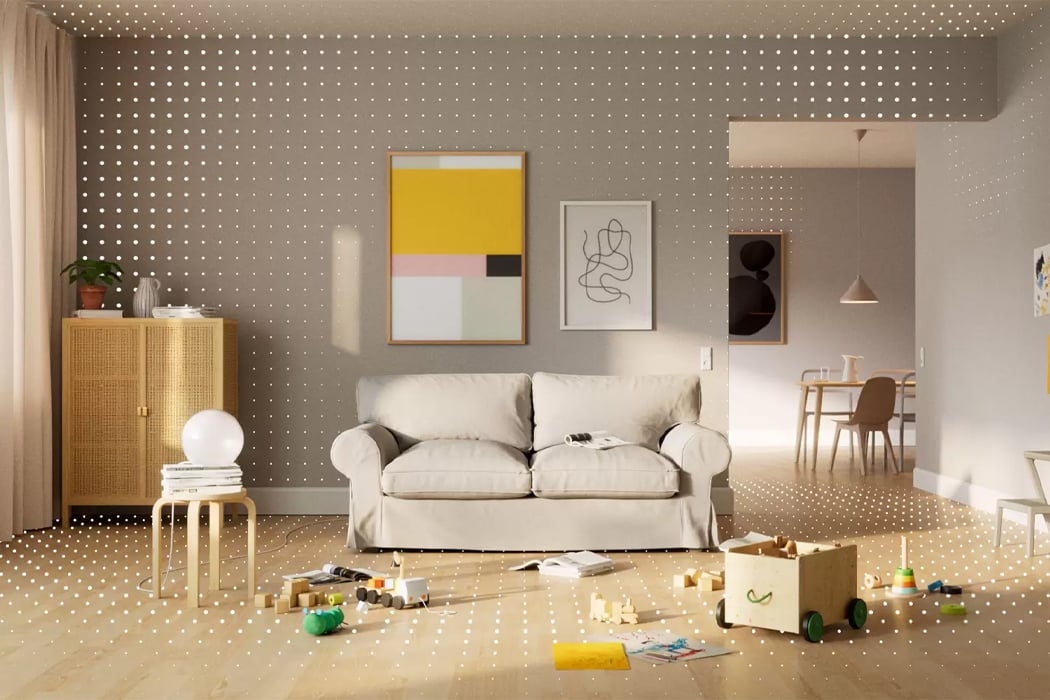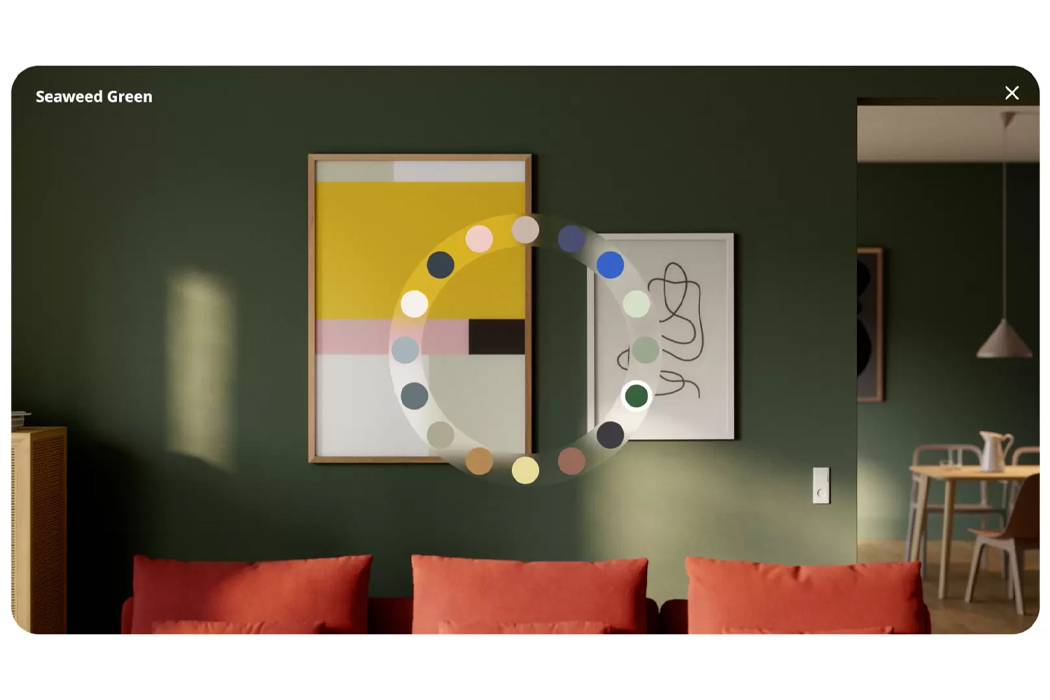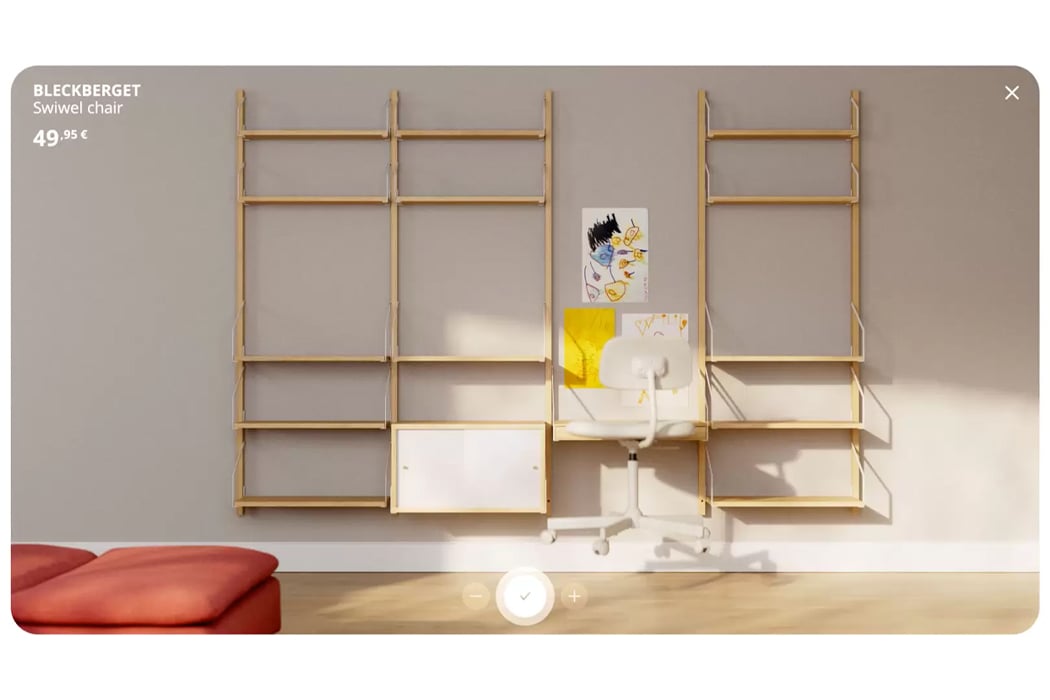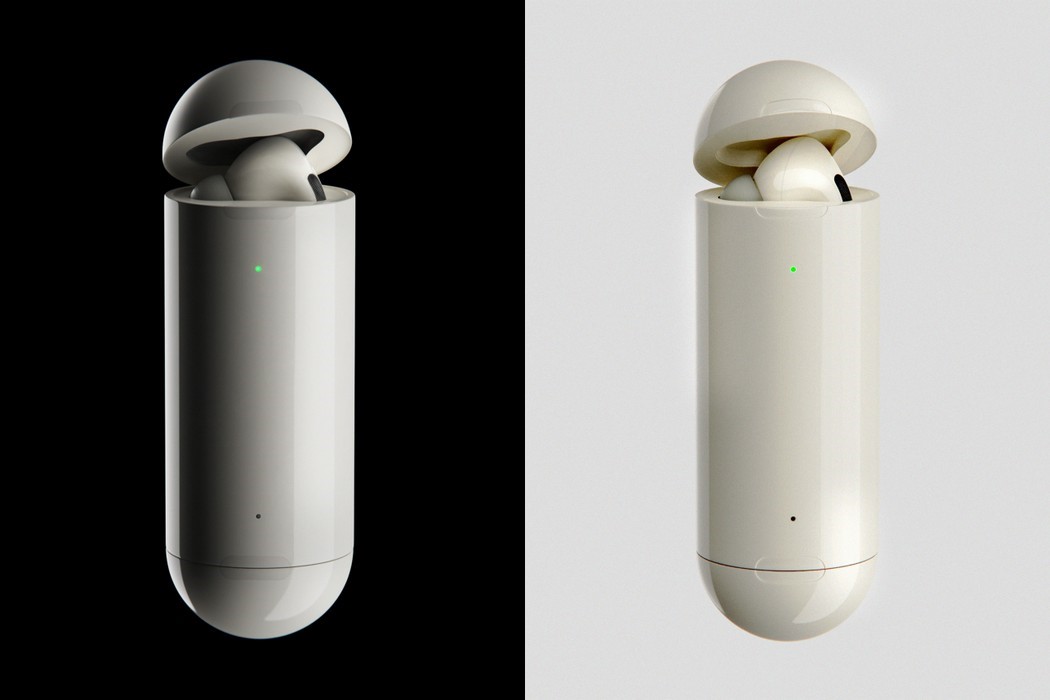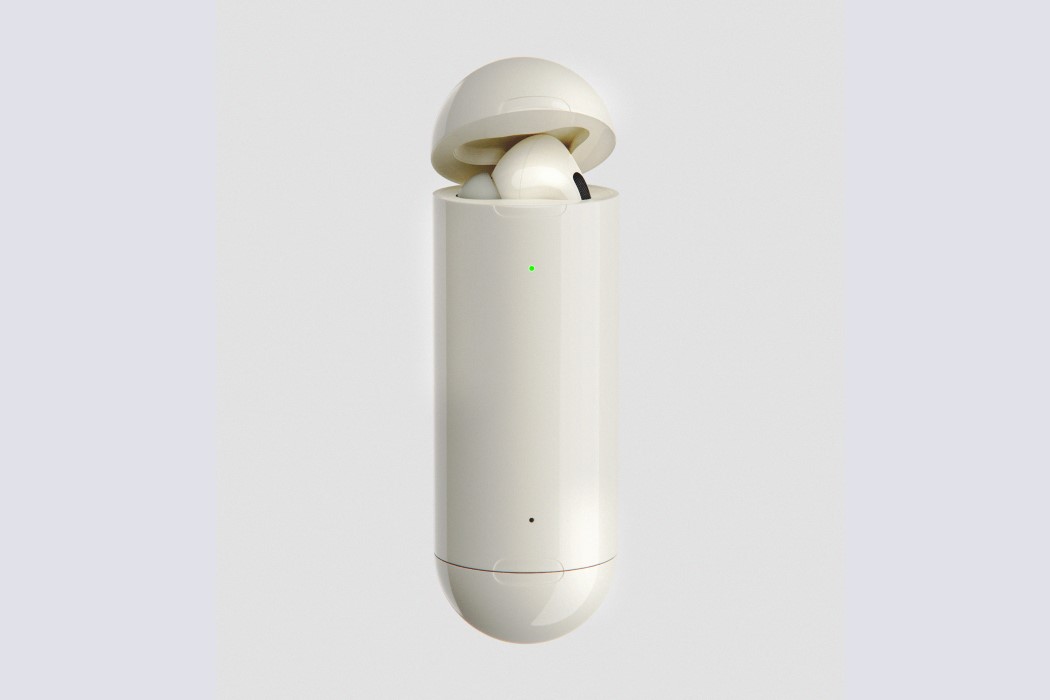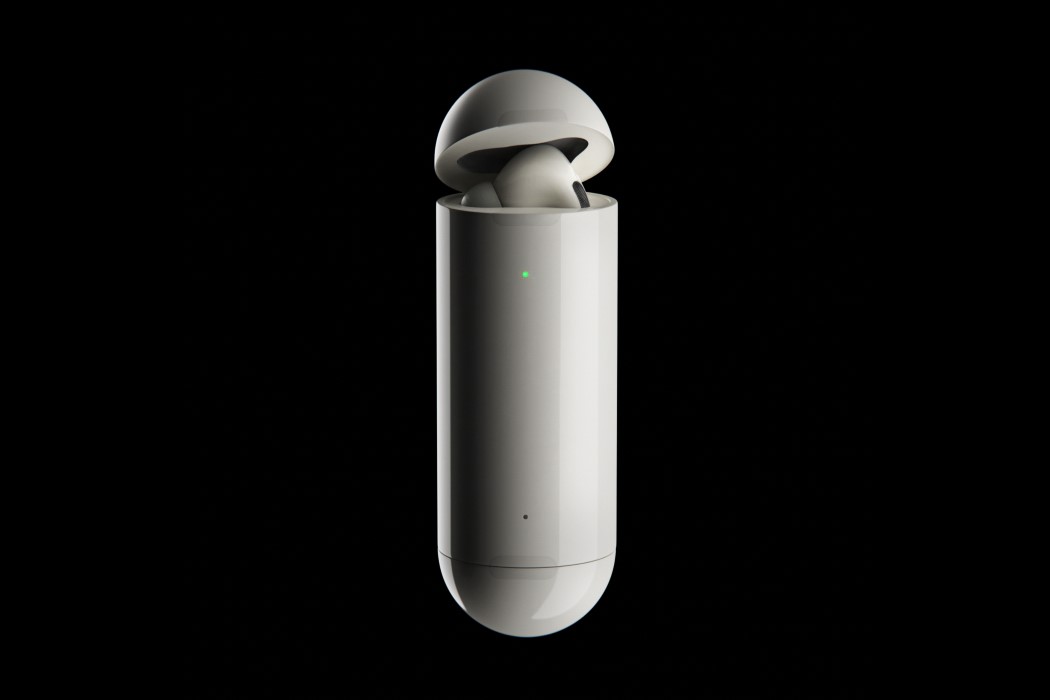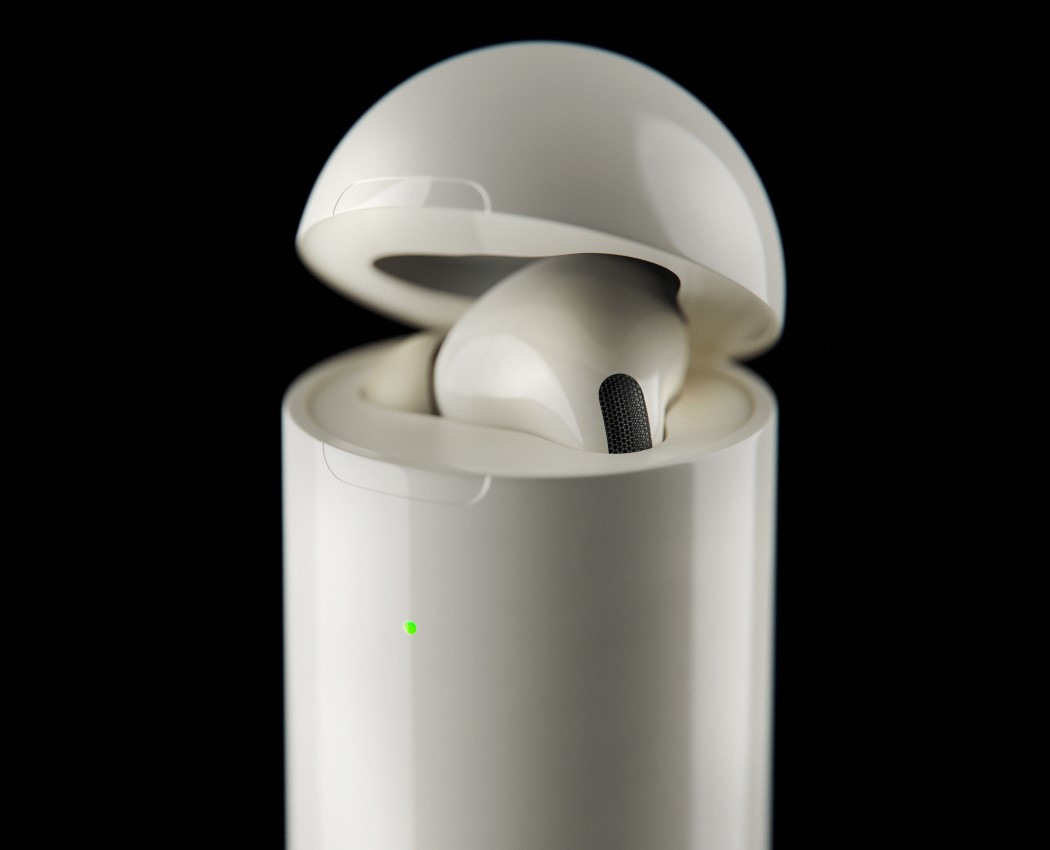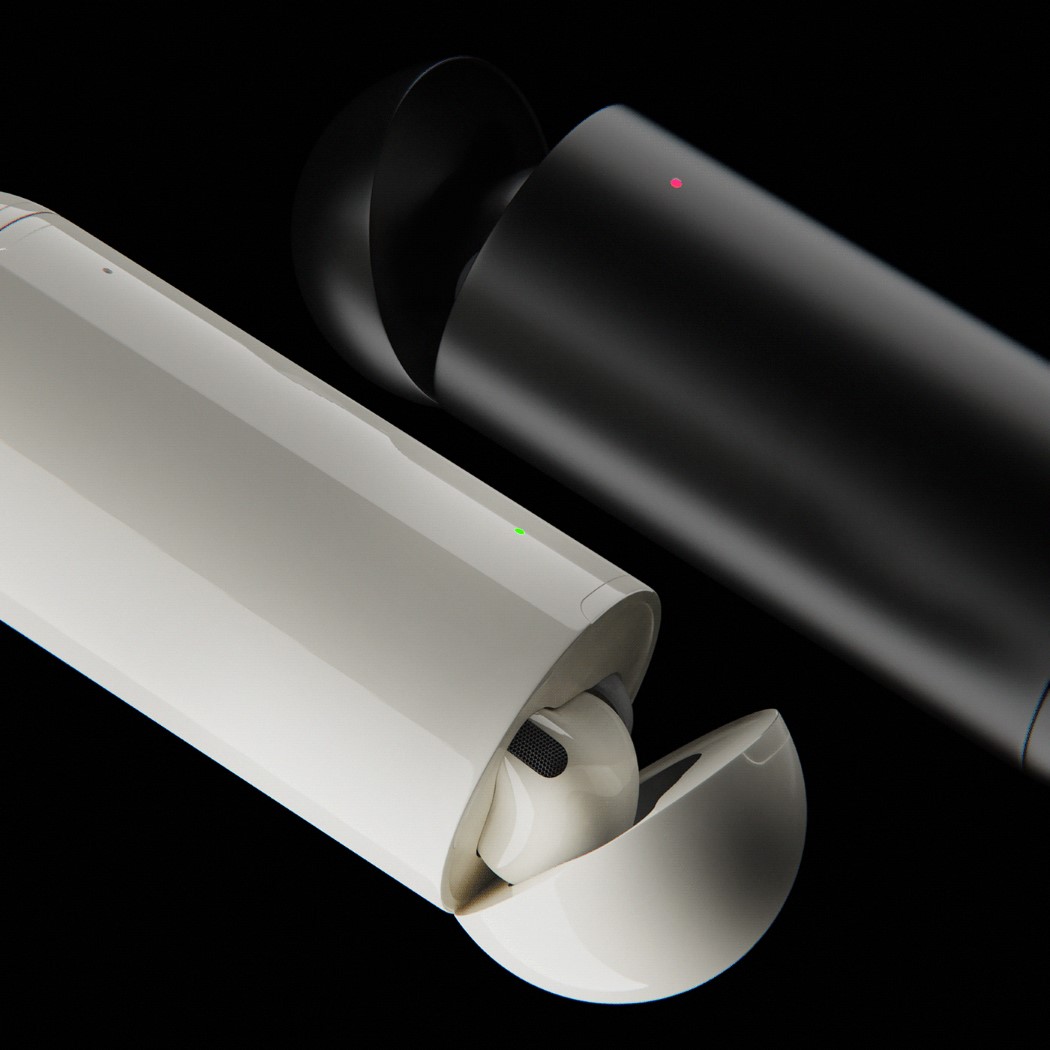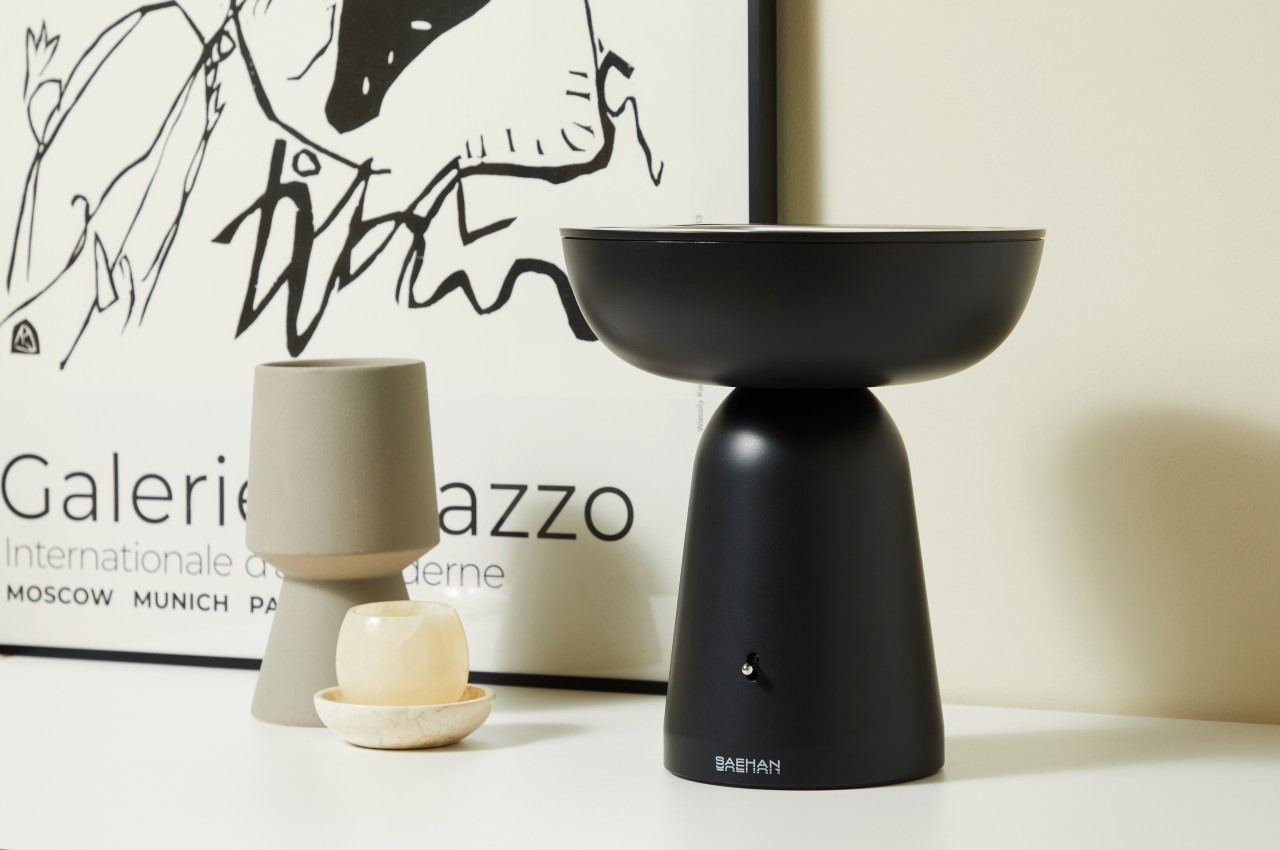
We have recently become a bit more concerned not only about the air that we breathe but also about the objects we touch or put on our faces. In addition to air purifiers, there has been a rise in all sorts of sanitizing devices, from those using UV-C light to other less common methods like ultrasonic washers for glasses. What binds all these machines together is how they look like machines, things that would stand out and look out of place in a living room or an art gallery. These boxes and towers don’t really have to be designed that way, only that it’s the most common and, therefore, cheapest manufacturing option. Fortunately, the trend seems to be changing, and there have been a few more aesthetic redesigns of these sanitation devices, such as this ultrasonic cleaner that could easily be mistaken as an artistic pot among other decorative pieces in a room.
Designers: Sohee Park, Deric Jeon (above.studio)
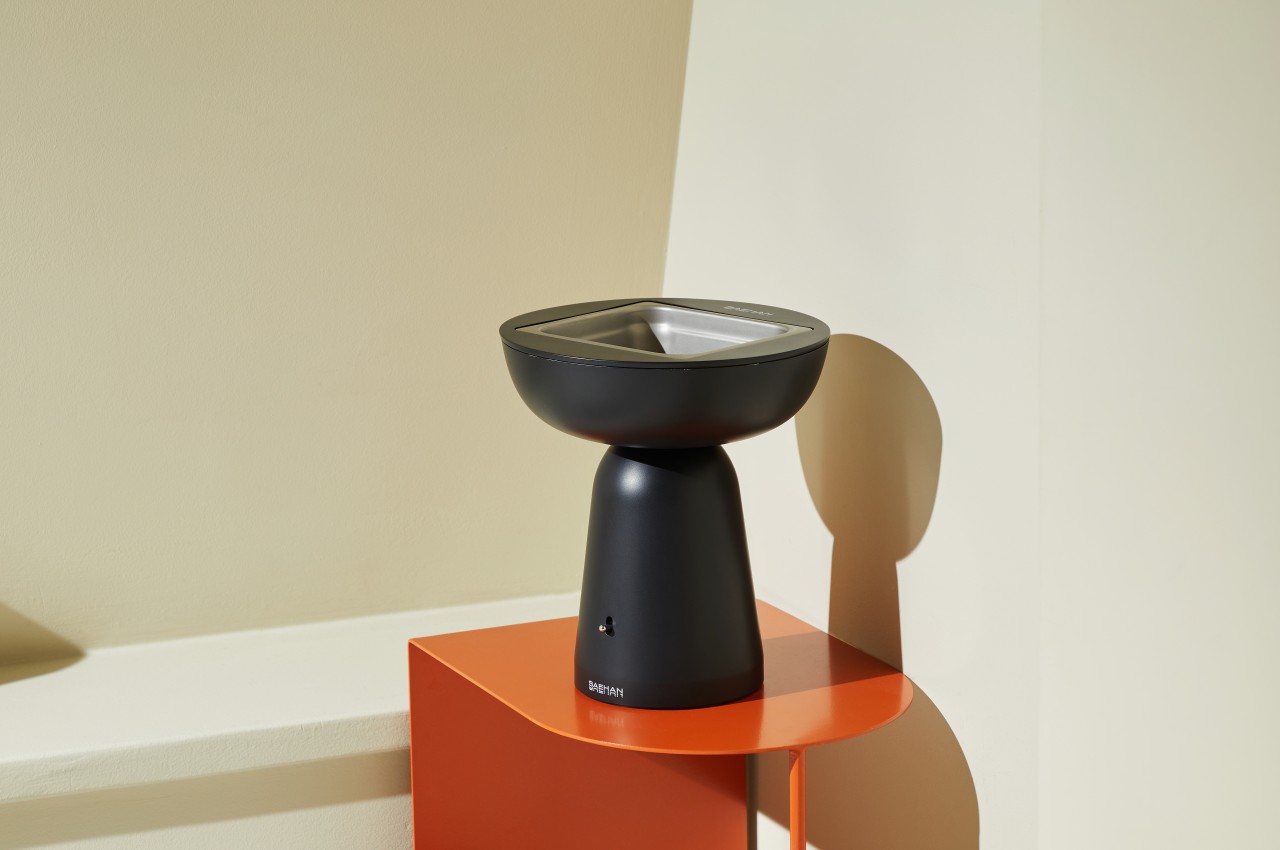
Granted, an ultrasonic cleaner is not exactly a common household appliance even today, but they serve an important purpose in some locations, particularly those that may deal with bacteria or dirt that could be harmful not only to health but also to other objects within that space. That includes laboratories, museums, and art galleries where your accessories could accumulate dirt or microorganisms that, when transferred, could damage equipment or get people sick.
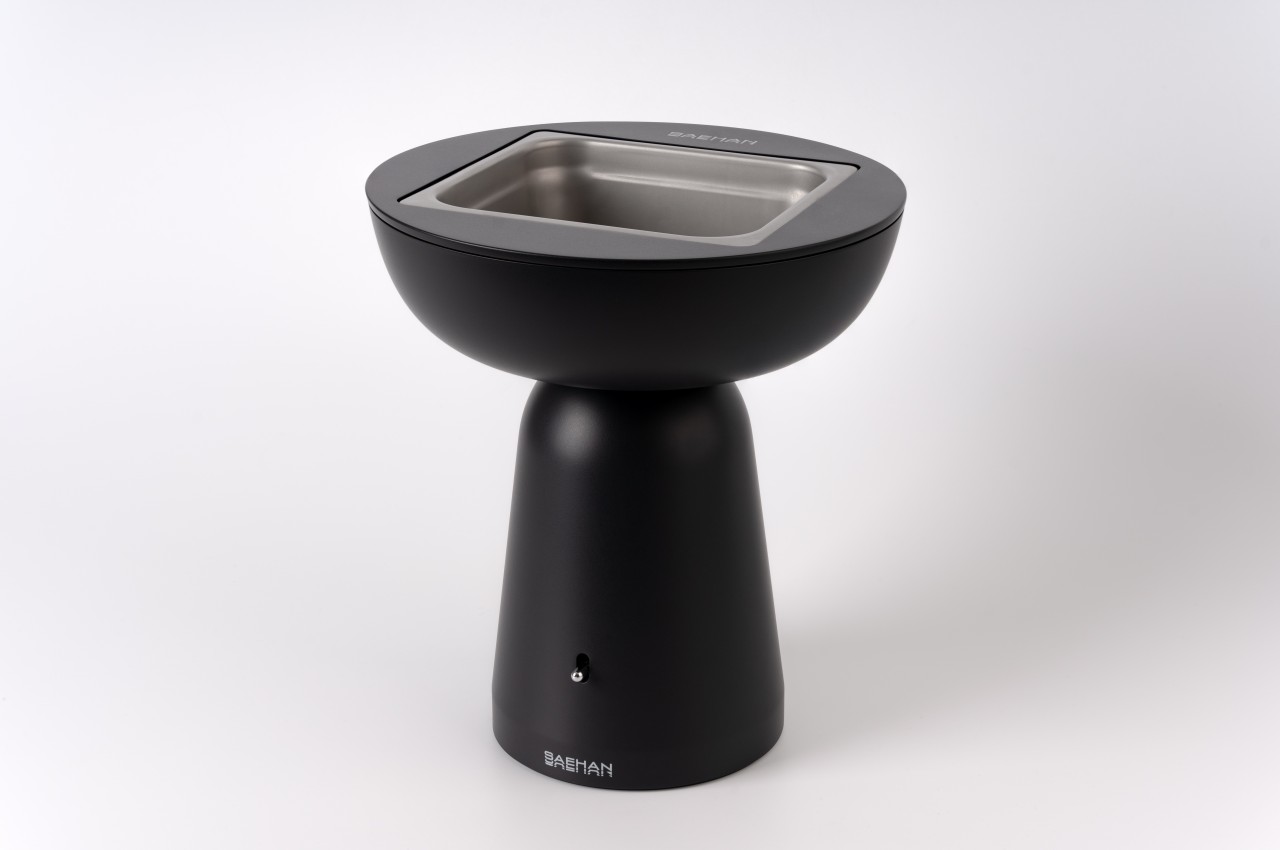
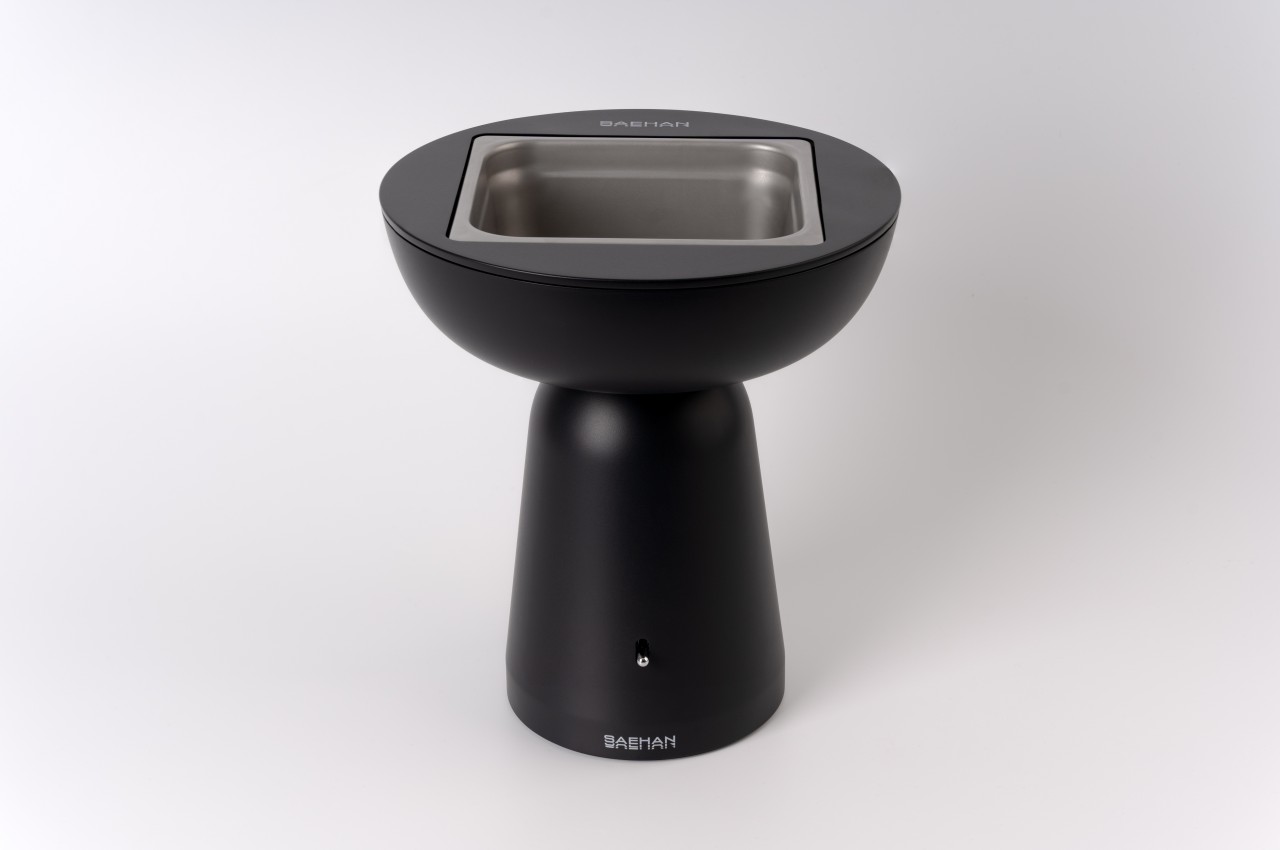
Ultrasonic cleaners fire off high-frequency sound waves through the liquid to scrub immersed objects, such as eyeglasses, without physically touching them to reduce the risk of damaging the objects themselves. These machines often come as uninspiring and very technical boxes with a small metallic basin embedded at the top. It’s the most convenient design for such a machine, but with today’s technologies, designs don’t have to be that limited, which is what this redesign concept tries to accomplish.
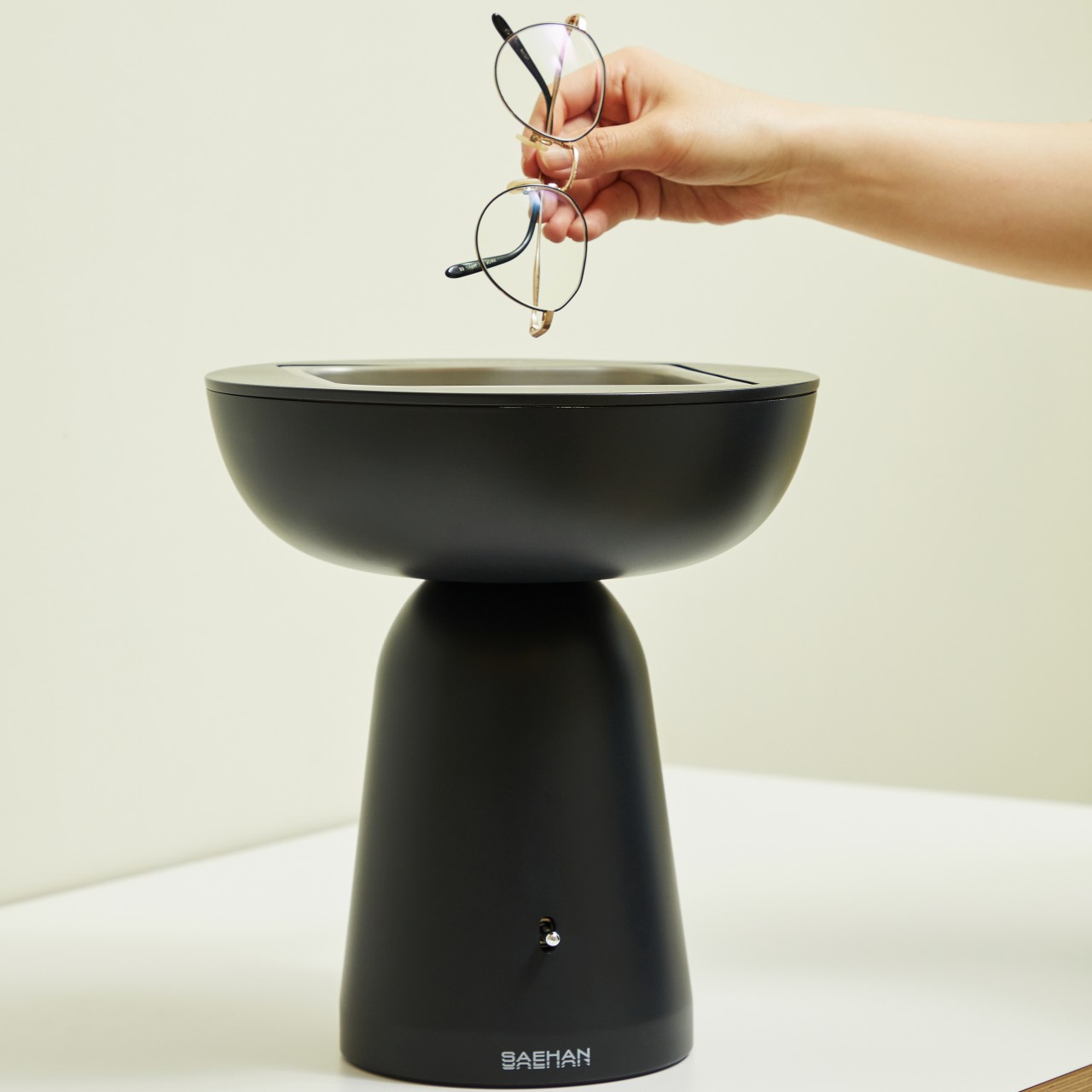
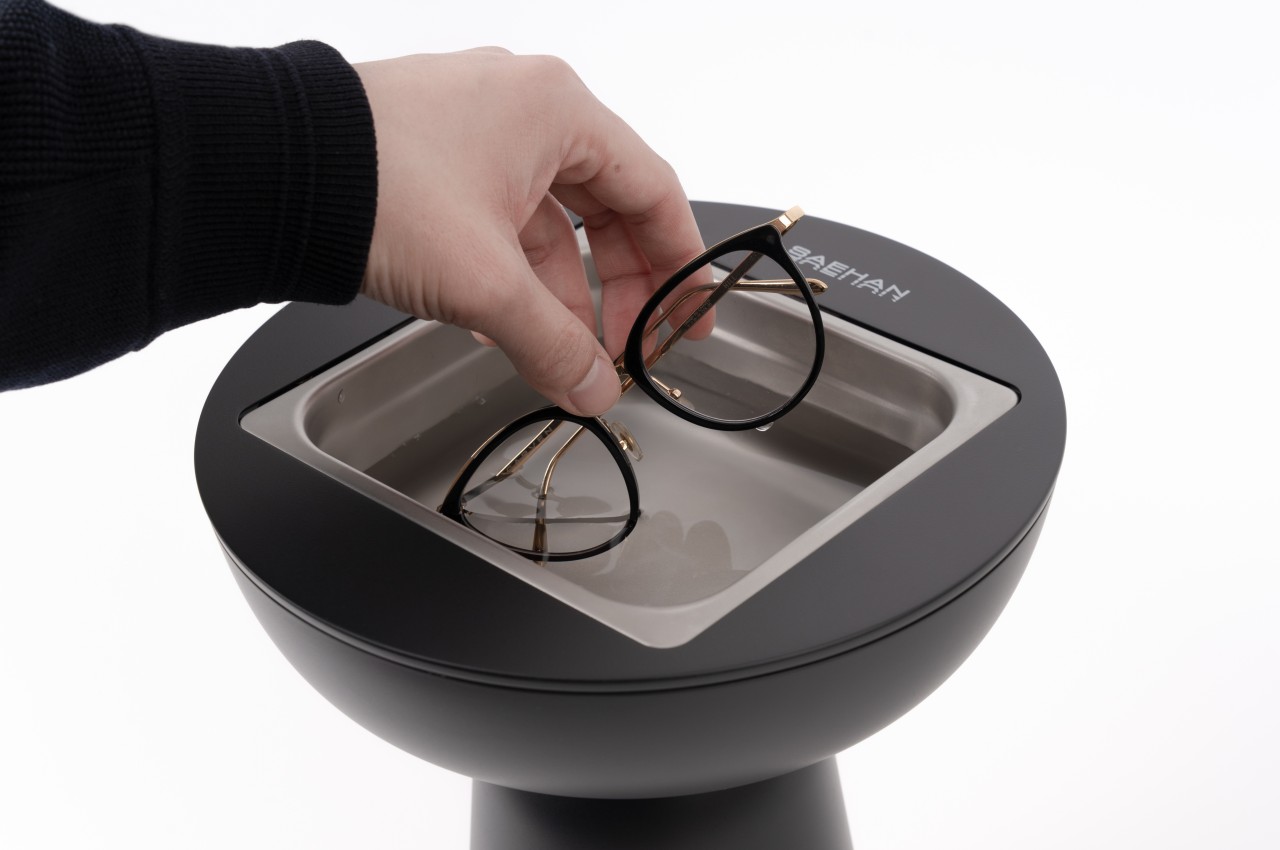
The metal tray that holds the cleaning liquid and objects to be cleaned is still there, but it’s now embedded in a bowl-like structure that better signifies its purpose, which is to hold something potentially important and precious. And instead of a clunky metal box with knobs and switches, this black bowl sits on top of a paraboloid structure that serves as its base, creating a shape that almost looks like a large goblet that is smooth and almost devoid of details. Standing beside vases and decorations, this ultrasonic cleaner would look very much at home, disguising its true nature and purpose until it’s actually needed.
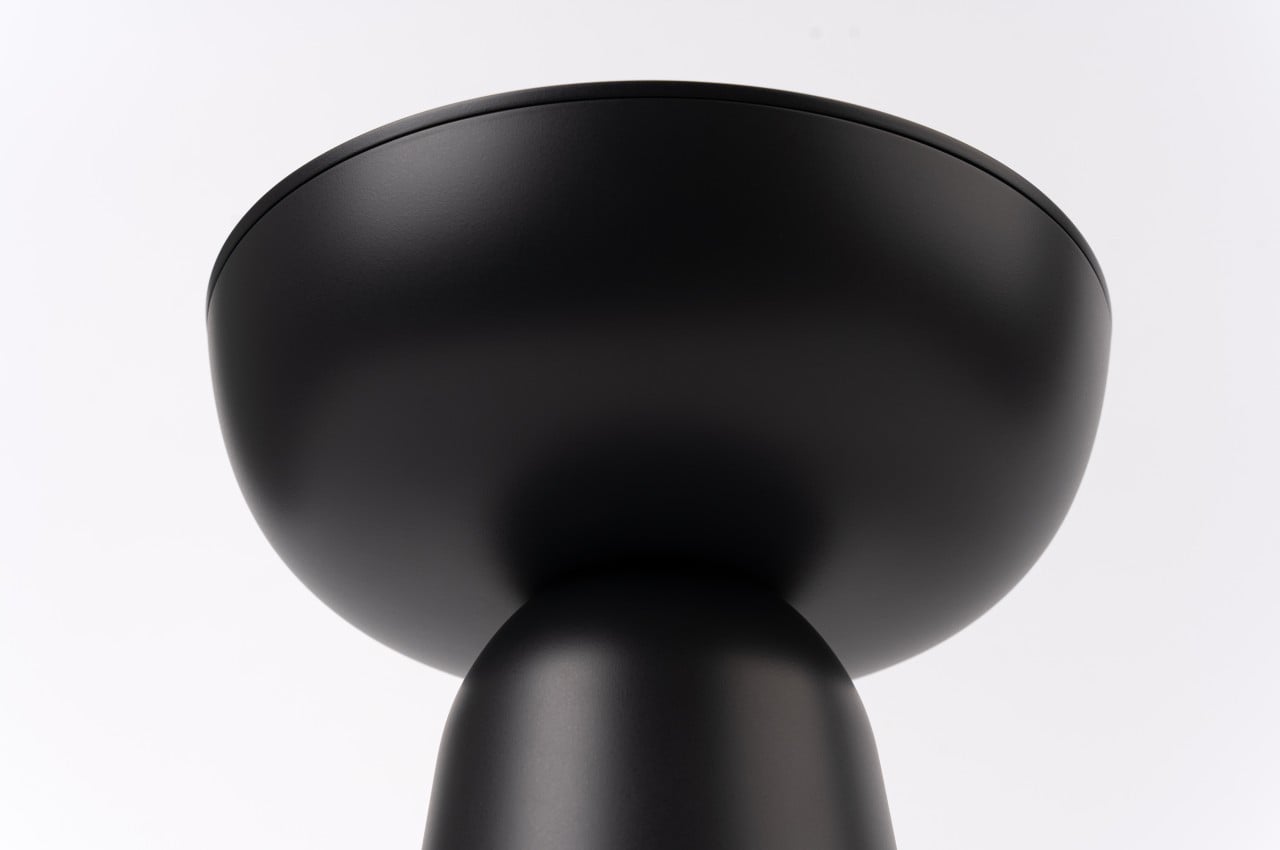
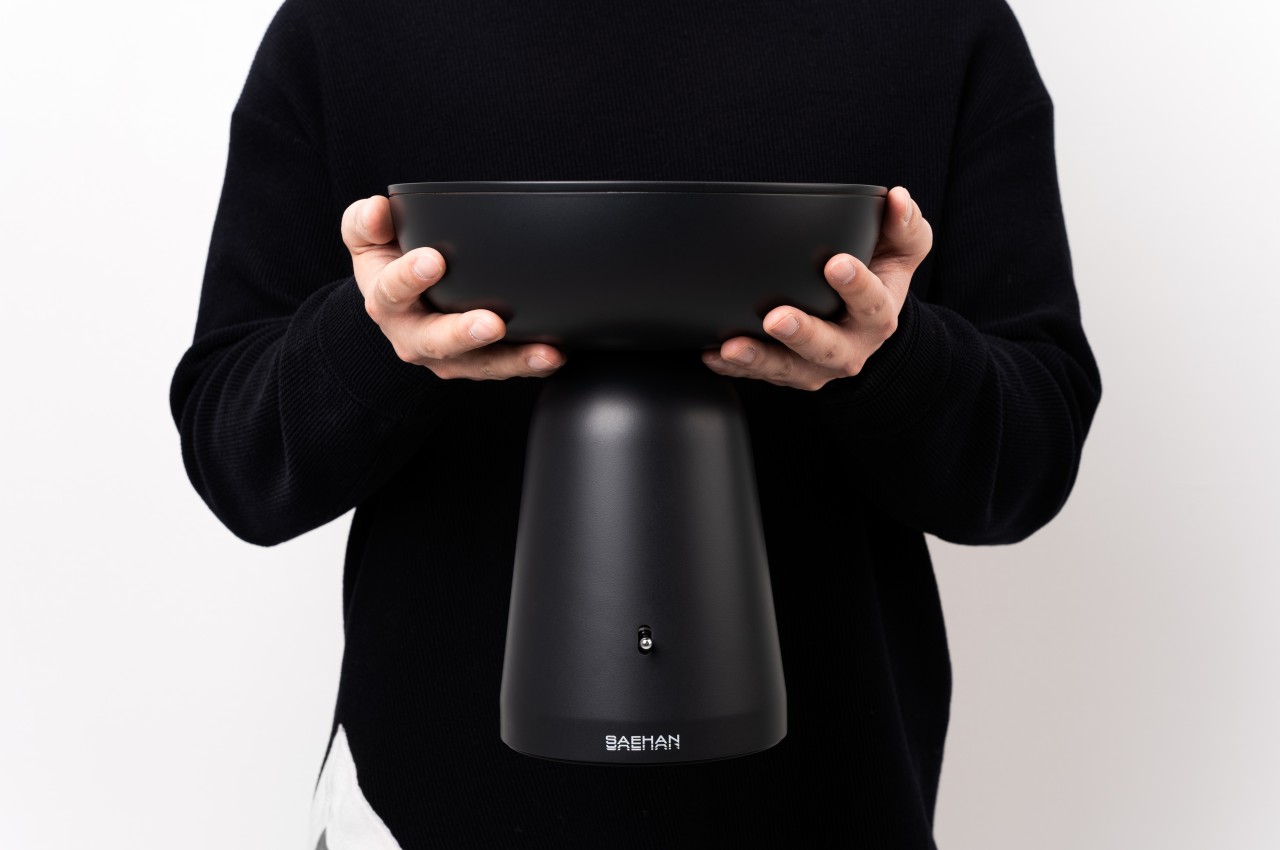
The redesign doesn’t fundamentally change the function of an ultrasonic cleaner, though finer control might be lost due to the absence of those knobs and switches. It does, however, make the device look less daunting and more approachable, especially in places where a metal box would stand out as an eyesore. Such designs could even make cleaning and sanitizing devices more commonplace, increasing their use and popularity in households, which, in turn, could help prevent the spread of diseases inside homes.
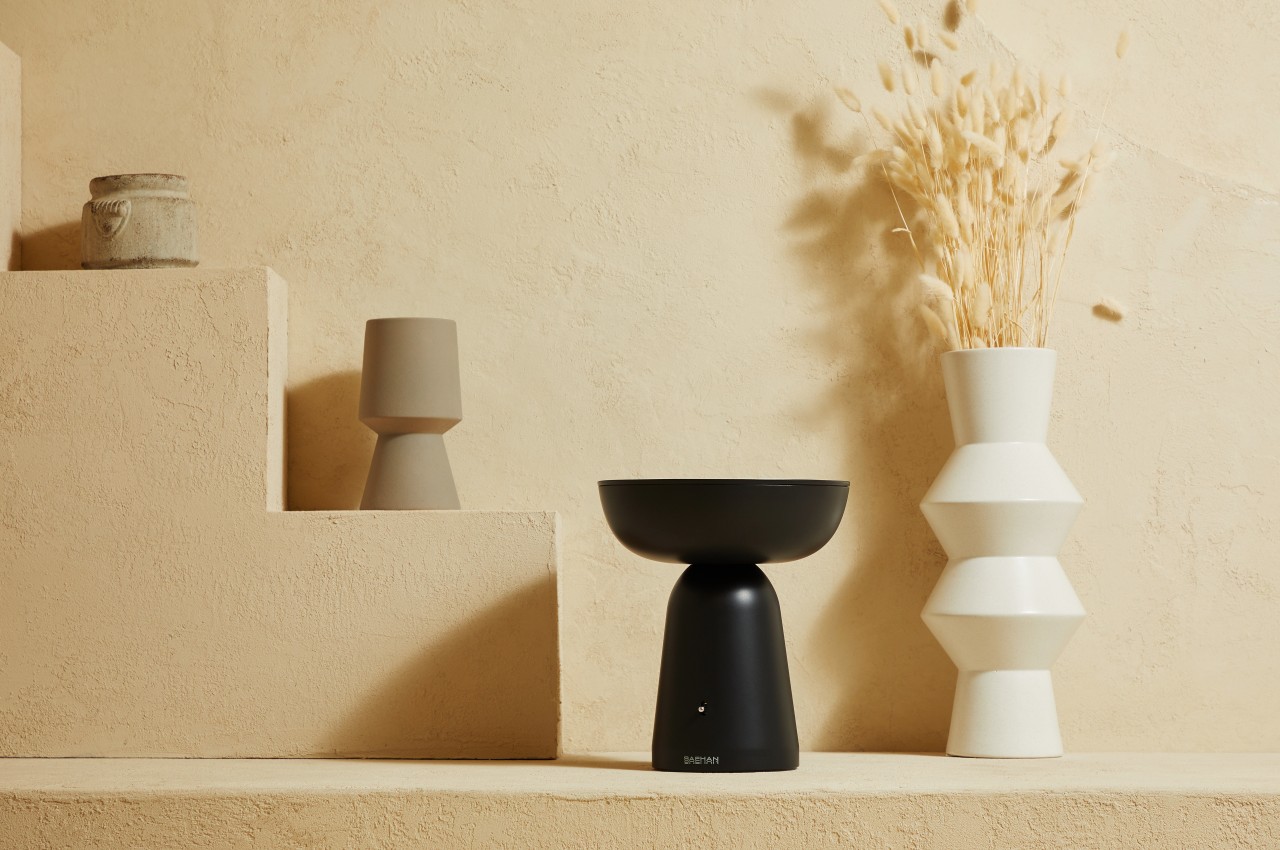
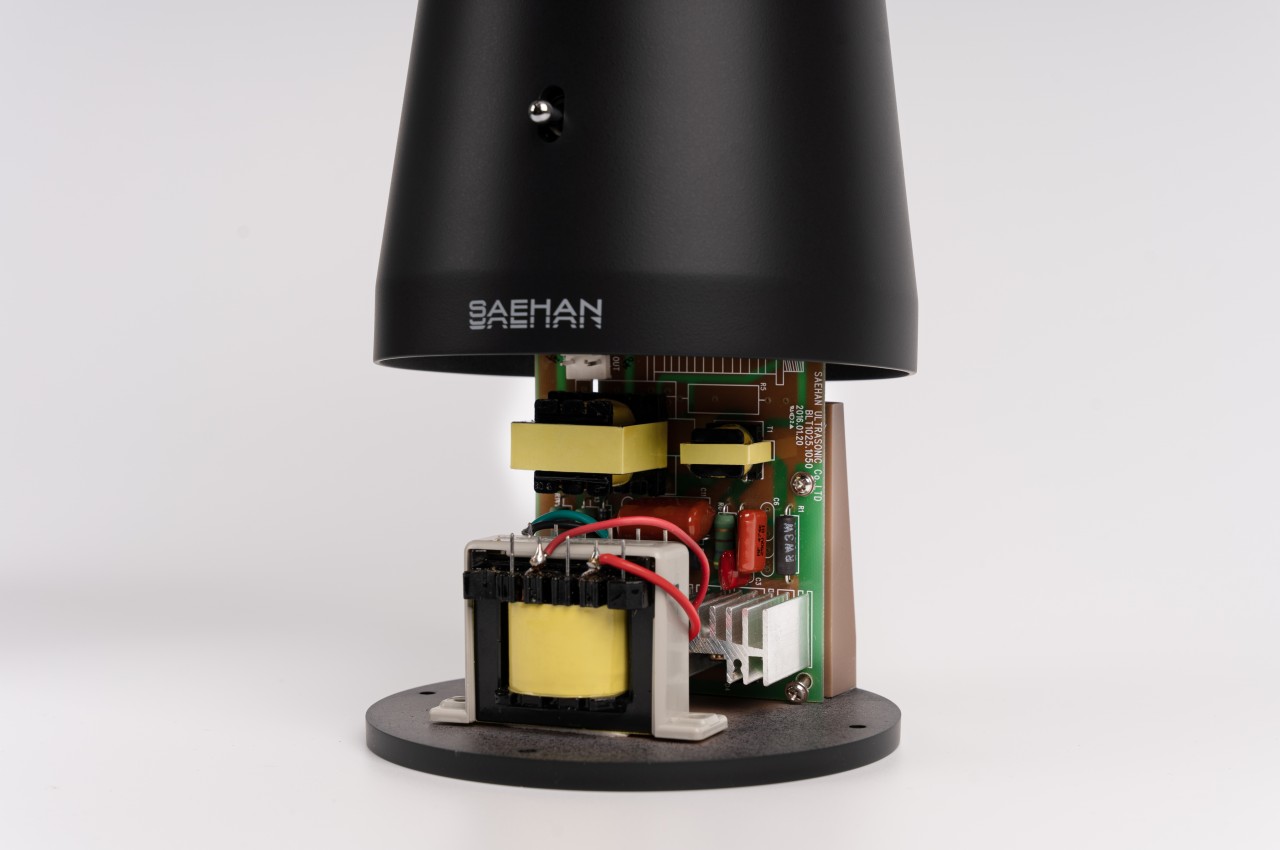
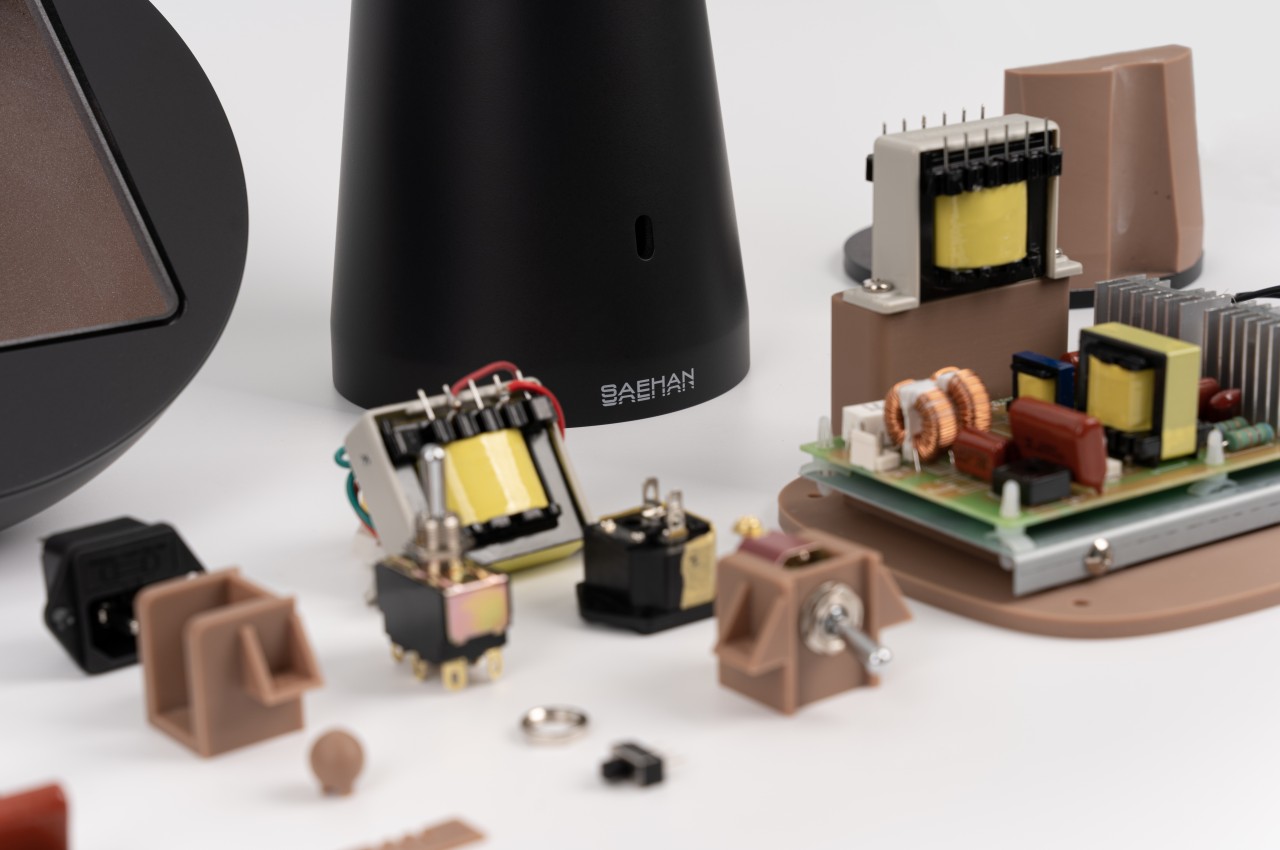
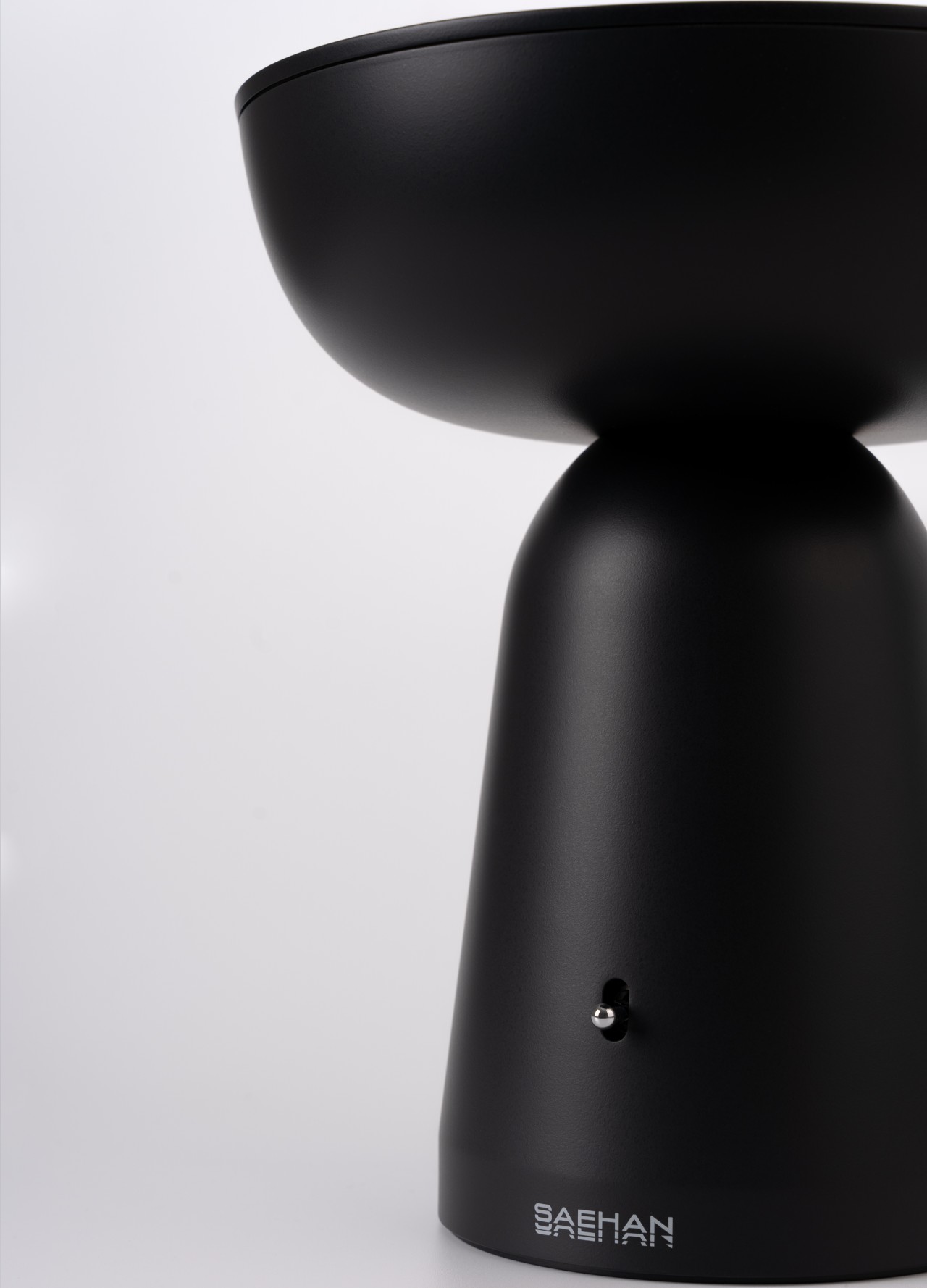
The post Ultrasonic cleaner concept masquerades as a beautiful piece of sculptural art first appeared on Yanko Design.
